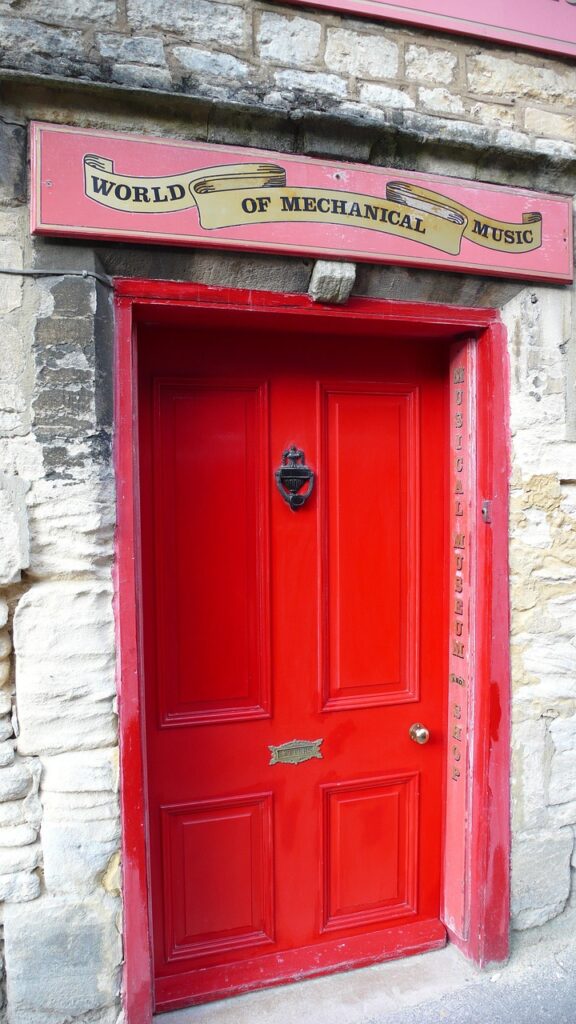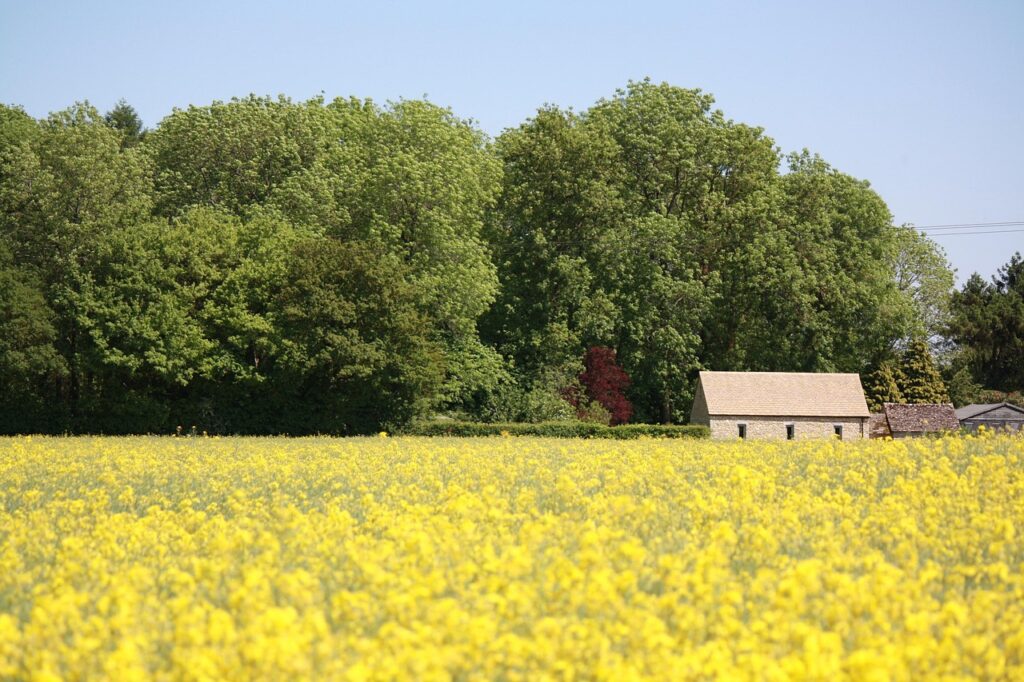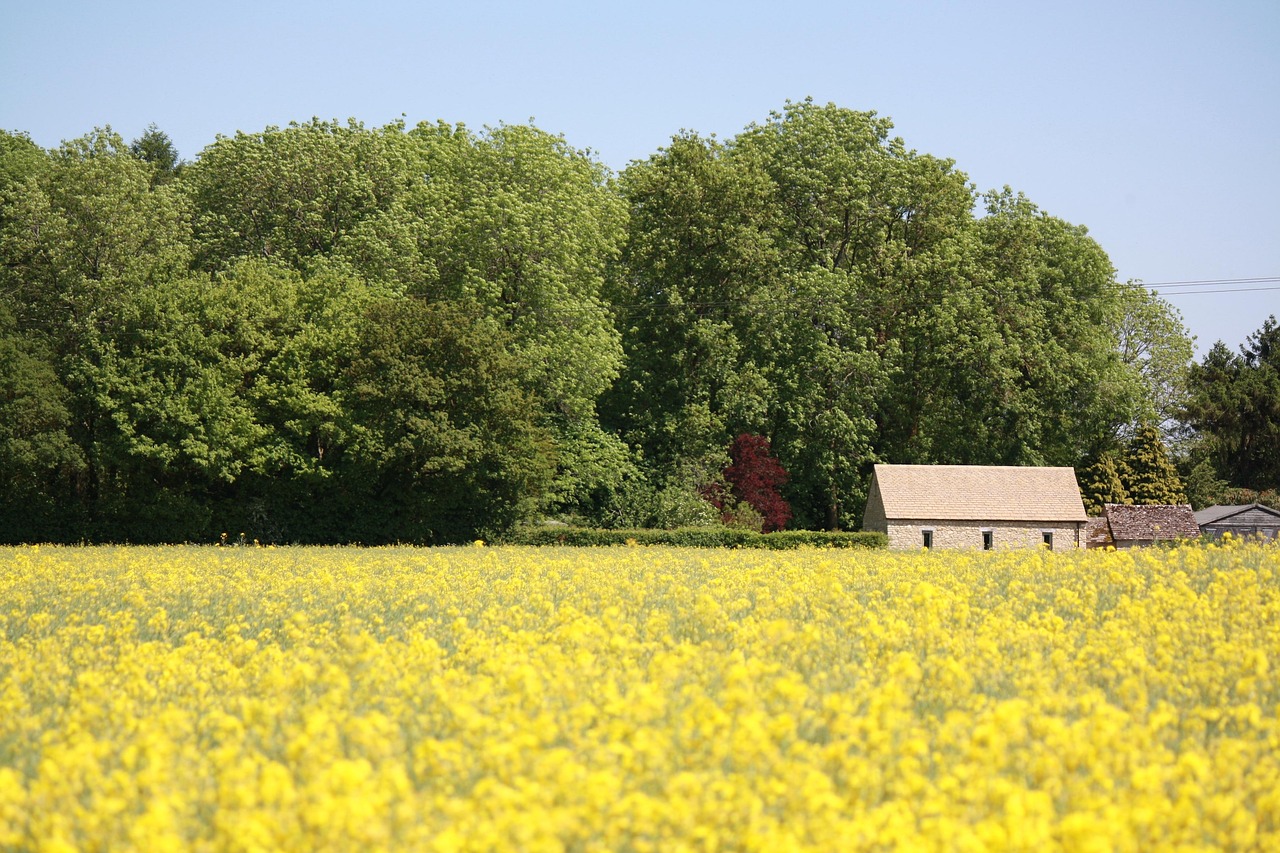Have you ever wondered if the enchanting Cotswolds, with its rolling hills and charming villages, harbors any myths or legends that add to its allure? The Cotswolds, known for its stunning landscapes and picturesque stone cottages, is not only a place of natural beauty but also a treasure trove of folklore and stories that have been passed down through generations.
The Historical Context of Myths and Legends
Before we jump into the fascinating myths and legends of the Cotswolds, it’s essential to understand the historical context of this region. The Cotswolds stretches across several counties, including Gloucestershire, Oxfordshire, and Worcestershire. Its history dates back to the Roman times, which means it has a rich tapestry of stories woven into its landscape.
The area was once a significant wool-producing region, and this prosperity influenced its architecture and societal development. With this wealth came tales of love, betrayal, and mysterious occurrences that contributed to the area’s folklore.
The Legend of the Cotswold Lion
One of the most famous legends associated with the Cotswolds is that of the Cotswold Lion. This story dates back to the 19th century when a unique breed of sheep known as the Cotswold sheep was prevalent in the area. The legend suggests that these sheep were not just ordinary livestock but possessed a magical quality.
The Sheep’s Connection to Local Culture
These sheep contributed significantly to the local economy and are often seen as a symbol of the Cotswolds. The tale of the Cotswold Lion paints a picture of a heroic sheep that helped save the village from a great misfortune. While many versions of this story exist, the underlying message usually revolves around community, resilience, and the importance of agriculture.
The Cotswold Lion has become a local symbol, often represented in art and literature, illustrating how folklore can be interwoven with the cultural identity of a region.

The Ghosts of the Cotswolds
Like many historic areas, the Cotswolds boast a rich array of ghost stories that have kept locals and visitors alike on the edge of their seats. Ghostly apparitions, haunted houses, and mysterious happenings fill the tales passed down through generations.
Haunted Locations
Several places in the Cotswolds are believed to be haunted, making them popular spots for ghost hunters and curious tourists. Some notable haunted locations include:
| Location | Description |
|---|---|
| Whitney on Wye | Known for the specter of a headless horseman. |
| Sudeley Castle | Home to several ghostly sightings, including a royal apparition. |
| The Old Jail in Northleach | Rumored to echo with the voices of long-gone prisoners. |
Each of these sites has its chilling tales, adding to the mystique of the Cotswolds and providing avenues for local storytelling.
The Siren of the Cotswolds
Among the ghostly legends, one prominent tale involves a siren who is said to inhabit the banks of the rivers in the Cotswolds. As the story goes, this mysterious figure lured unsuspecting travelers to their doom with her enchanting song.
The allure of the siren mirrors the beauty of the Cotswolds, suggesting that even something seemingly beautiful can hold dark secrets. This dichotomy between beauty and danger is a recurring theme in folklore, reflecting the complexities of nature itself.
The Legend of the Cotswold Stone
The distinctive limestone used in Cotswold buildings is not just a building material; it’s steeped in legend. This stone, quarried for centuries, has been said to carry the spirits of those who worked in the quarries long ago.
The Spiritual Connection to the Land
Local lore holds that the Cotswold stone possesses protective qualities, shielding communities from harm. People from the region often see this stone not just as a physical element of their homes but as a spiritual guardian.
The belief in the protective nature of Cotswold stone serves to underscore the connection between the inhabitants and their environment. It reinforces the idea that the land itself holds stories and traditions that resonate through time.

The Cotswold Way: A Journey Through Folklore
The Cotswold Way is a long-distance footpath that meanders through the region, bringing with it tales of old. As you walk along this path, you traverse not just the physical landscape but the narrative landscape that has been shaped by centuries of human experience.
Folklore Embedded in the Terrain
Each hill, tree, and stone along the Cotswold Way tells a story, whether it’s about an ancient battle or a local legend that has become part of the folklore. Enjoying the natural beauty is amplified when you understand the myths connected to these locations.
During your walk, you might come across signs that share these legends, enriching your experience and allowing for a deeper connection with the history and culture of the Cotswolds.
Mythical Creatures of the Cotswolds
Legends of mythical creatures are staples of folklore worldwide. The Cotswolds are no exception. Be it fairies, trolls, or ancient beasts, the area is rich with stories of beings that traverse the boundary between the magical and the mundane.
Fairies and Otherworldly Beings
The Cotswolds are often said to be home to mischievous fairies who play tricks on travelers. Stories speak of fairy rings—circles of mushrooms that could be portals to another world.
These portals are not just whimsical stories; they represent the deep-rooted belief in the presence of unseen forces that influence our reality. By engaging with these stories, you’re invited to reconsider the boundaries of everyday life and the magical potential that exists all around you.

The Baker’s Wife
A storied legend from the Cotswolds revolves around a baker’s wife who was known for her unparalleled beauty. Tales suggest that she caught the eye of a wandering noble, leading to a love affair that would shake the foundations of their small village.
A Love Story with a Twist
This love story takes a tragic turn that results in an enduring lesson about fidelity and community values. The legend serves as a reminder of the complexities of love and desire and highlights the profound impact that individual actions can have on a community.
Such legends impart moral lessons while providing entertainment, proving that even in idyllic settings, human emotions and flaws can lead to significant consequences.
Folklore Festivals in the Cotswolds
In your exploration of the Cotswolds, you might encounter festivals that celebrate these myths and legends. These events foster a sense of community and are a fantastic way to immerse yourself in local folklore.
Festivals to Attend
Here’s a quick rundown of some festivals you might consider joining for an authentic experience:
| Festival | Description |
|---|---|
| Cotswold Olimpick Games | A modern celebration of traditional games and folklore held annually. |
| Chipping Campden Literature Festival | Focuses on storytelling, often including local myths and legends. |
| The Cotswold Way Walking Festival | An event that emphasizes local folklore through guided walks and storytelling. |
Attending these festivals could help you engage with the local culture, learn more about its legends, and appreciate the stories that have shaped the lives of Cotswold residents.
Modern Interpretations of Cotswold Legends
As the world continues to evolve, so does the interpretation of myths and legends. In contemporary times, many artists, musicians, and writers draw inspiration from Cotswold folklore, reinvigorating these tales for new generations.
Artistic Expressions
Local artists have created works that reflect the enchanting stories of the Cotswolds, ranging from paintings and sculptures to modern music and literature. These contemporary interpretations keep the legends vibrant, ensuring that they don’t fade into obscurity.
The Impact of Technology
With the advent of the internet and social media, sharing stories and legends has become easier than ever. Today, you can find podcasts, blogs, and videos dedicated to Cotswolds folklore, making these age-old tales accessible to a broader audience.
This interaction with technology provides an exciting avenue for you to engage with the myths of the Cotswolds while connecting with a community that values its heritage.
How Myths and Legends Shape Cultural Identity
Understanding local myths and legends can significantly deepen your appreciation for the Cotswolds. They shape cultural identity and have played crucial roles in community bonding and the preservation of history.
The Role of Storytelling
Storytelling is an essential aspect of any culture. It serves as a means of transmission for values, ethics, and historical events. The tales of the Cotswolds reflect the struggles, joys, and realities of life in this picturesque region.
Evolution and Adaptation
As societal norms change, so do interpretations of myths and legends. New perspectives can shed light on the dynamics of relationships, gender roles, and morality depicted in these tales, making them relevant to today’s audiences.
By engaging with the myths and legends of the Cotswolds, you’re not just learning about history; you’re participating in a living, dynamic culture.
Conclusion
The Cotswolds is more than just a beautiful expanse of countryside; it’s a realm of myths and legends that enhance its charm and character. From the Cotswold Lion to ghostly apparitions and mythical beings, every story adds a layer of depth to your understanding of this region.
Embracing these tales not only enriches your experience of the Cotswolds but also connects you with the history and culture that have shaped the lives of its inhabitants. Whether you’re walking the Cotswold Way, attending local festivals, or simply engaging with locals, you’ll find that the legends of this area weave a fascinating narrative that continues to thrive in the modern world.
So, as you venture into the heart of the Cotswolds, keep an ear open for the whispers of the past and let these ancient stories guide your journey through this enchanting landscape.
